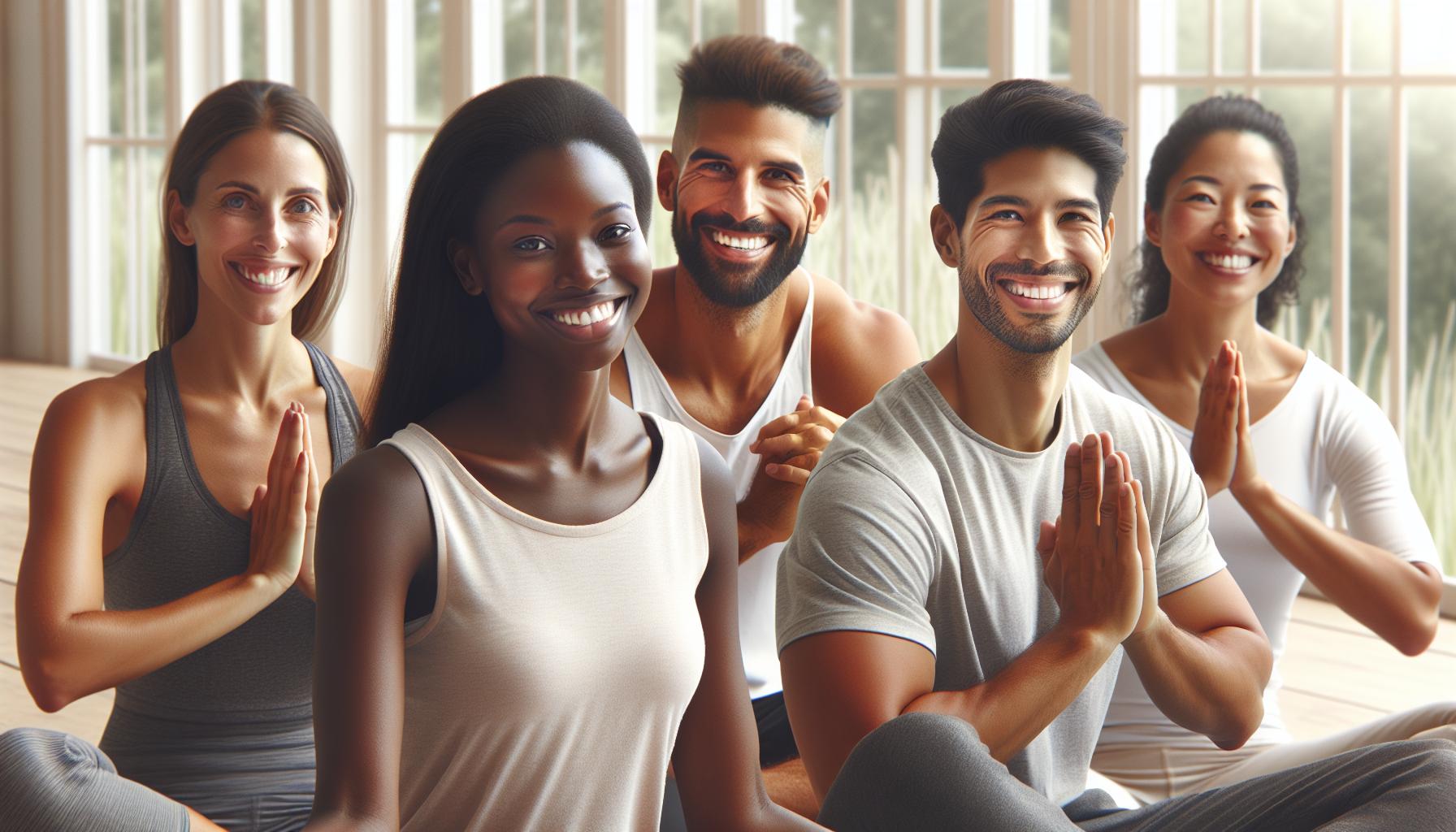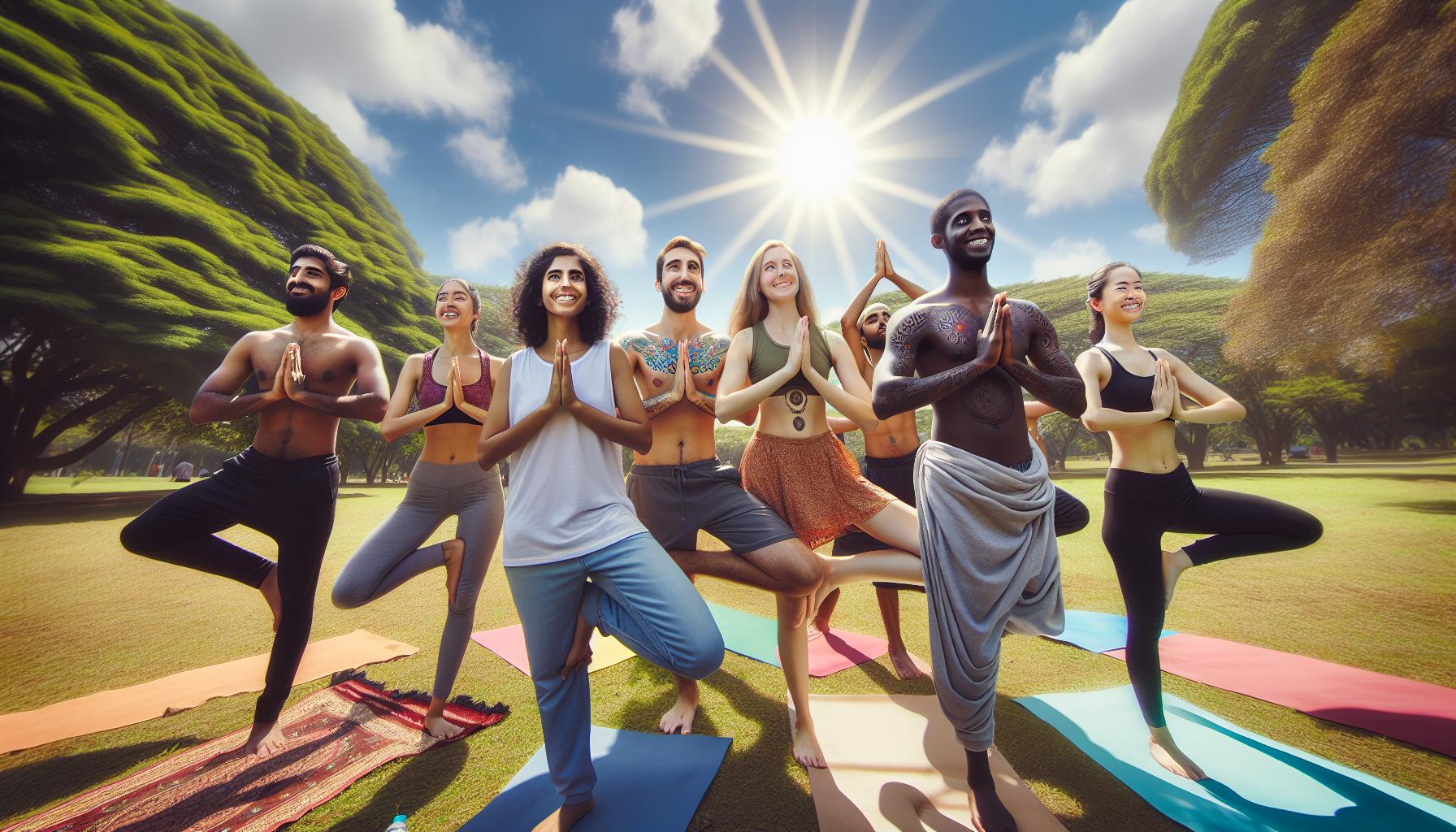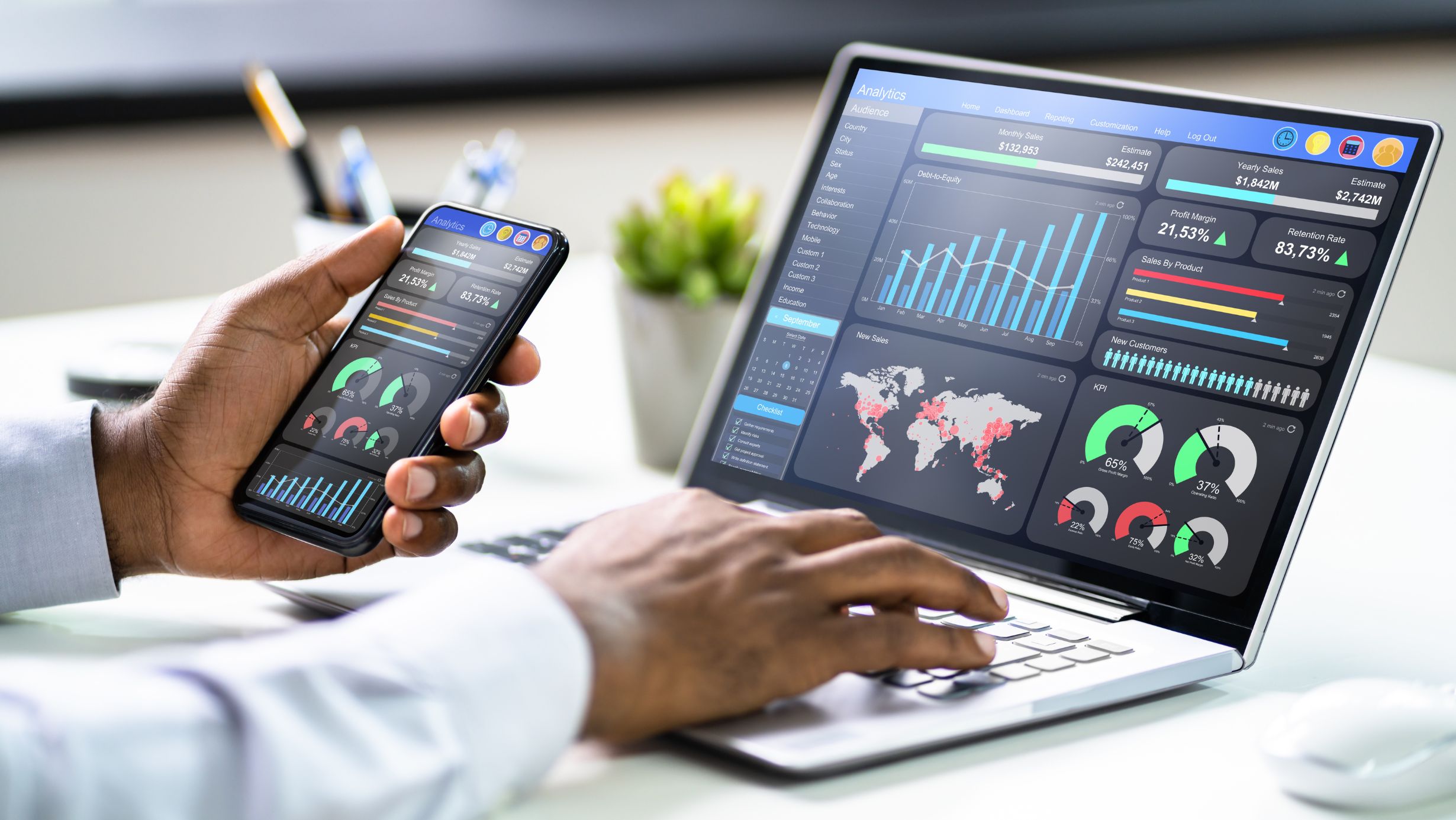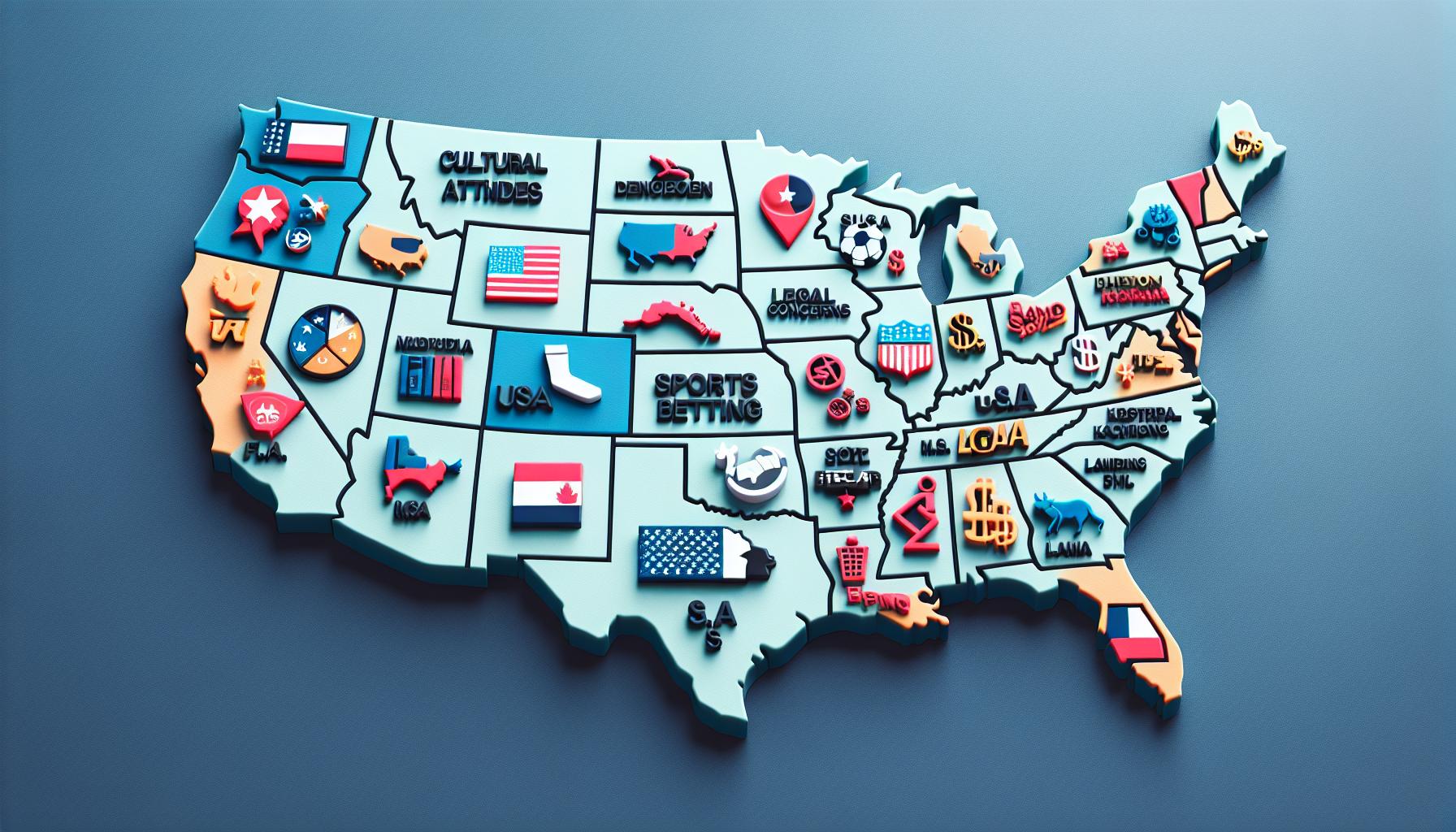Key Takeaways
- Holistic Understanding of Wellness: Personal wellness integrates multiple dimensions—physical, mental, emotional, social, spiritual, and environmental—creating a balanced approach to health.
- Comprehensive Strategy Importance: A well-rounded wellness strategy enhances resilience against stressors and promotes a higher quality of life through individualized goals and regular progress assessments.
- Key Components of Wellness: Effective wellness strategies include regular physical activity, mental stimulation, emotional management, social connections, and spiritual exploration, all of which contribute to overall well-being.
- Documented Personal Wellness Plan: Setting SMART goals, assessing current wellness levels, and identifying areas for improvement establish a clear path for personal growth and accountability.
- Daily Habits & Mindfulness: Consistent daily routines and mindfulness practices, such as meditation and gratitude journaling, are crucial for cultivating a successful wellness lifestyle.
- Continuous Monitoring & Flexibility: Regularly tracking progress and being adaptable to life changes ensures that personal wellness strategies remain effective and aligned with evolving needs.
In today’s fast-paced world, prioritizing personal wellness has become essential for a balanced life. A comprehensive wellness strategy not only enhances physical health but also nurtures mental and emotional well-being. By taking proactive steps, individuals can create a tailored approach that aligns with their unique needs and goals.
Developing a successful wellness lifestyle involves more than just exercise and diet. It encompasses mindfulness practices, social connections, and self-care routines that foster resilience and happiness. With the right tools and mindset, anyone can embark on a transformative journey toward a healthier, more fulfilling life.
How to Make a Successful And Comprehensive Personal Wellness Strategy And Lifestyle
Wellness encompasses a holistic approach to personal health, integrating various elements necessary for a balanced life. A thorough understanding of wellness helps individuals create effective personal strategies that lead to lasting benefits.
Definition of Personal Wellness
Personal wellness involves the active pursuit of activities, choices, and lifestyles that lead to a state of holistic well-being. This state includes multiple dimensions: physical, mental, emotional, social, spiritual, and environmental health. Each dimension influences overall wellness, emphasizing the interconnectedness of body and mind. For instance, regular exercise enhances physical health while simultaneously boosting mental clarity and emotional resilience.
Importance of a Comprehensive Strategy
A comprehensive wellness strategy offers numerous advantages, including improved quality of life and enhanced resilience against stressors. By addressing all dimensions of wellness, individuals can create a balanced lifestyle that prevents burnout and fosters long-term health. Effective strategies incorporate individualized goals, measurable outcomes, and regular assessments, promoting accountability—and allowing adjustments based on progress. Prioritizing a comprehensive approach empowers individuals to embrace their unique wellness journeys.
Components of a Personal Wellness Strategy

A successful personal wellness strategy consists of several essential components that work together to enhance overall well-being. These components ensure a balanced approach to health across various dimensions.
Physical Wellness
Physical wellness focuses on maintaining a healthy body through regular exercise, proper nutrition, and adequate sleep. It emphasizes engaging in activities that promote cardiovascular fitness, strength, flexibility, and endurance. Individuals can choose activities like jogging, swimming, or yoga to sustain physical fitness. A balanced diet rich in fruits, vegetables, whole grains, and lean proteins supports energy levels and overall health. Prioritizing 7-9 hours of quality sleep each night fosters recovery and enhances cognitive function.
Mental Wellness
Mental wellness involves nurturing cognitive abilities and promoting psychological health. Incorporating practices like mindfulness meditation, journaling, and cognitive-behavioral strategies helps individuals manage stress and enhance focus. Engaging in intellectually stimulating activities, such as reading or learning new skills, contributes to mental agility. Regularly assessing one’s mental health and seeking professional support when needed bolsters resilience and emotional stability.
Emotional Wellness
Emotional wellness highlights the importance of recognizing and managing emotions effectively. Developing self-awareness through reflection and mindfulness encourages individuals to understand their emotions better. Regularly expressing feelings through communication, art, or physical activity fosters emotional release and processing. Building coping skills for challenging emotions, such as anxiety or sadness, ensures a healthier emotional landscape. Practicing gratitude and focusing on positive experiences further enhances emotional well-being.
Social Wellness
Social wellness emphasizes building and maintaining healthy relationships with others. It encourages individuals to cultivate connections with family, friends, and community members through open communication and shared experiences. Participating in group activities or volunteering can deepen social ties. Setting boundaries and addressing conflicts constructively ensures healthier interactions. A supportive social network contributes significantly to resilience and overall well-being.
Spiritual Wellness
Spiritual wellness focuses on exploring personal values and beliefs, fostering a sense of purpose and connection to something greater. Engaging in practices such as meditation, prayer, or nature walks promotes spiritual growth and reflection. Exploring philosophies, attending spiritual gatherings, or practicing mindfulness enhances awareness of one’s beliefs. Aligning daily actions with core values creates a fulfilling and meaningful life experience.
Creating Your Personal Wellness Plan

A personal wellness plan focuses on enhancing overall well-being through structured strategies. It involves setting clear goals and regularly assessing progress to identify areas for improvement.
Setting Goals
Setting specific, measurable, achievable, relevant, and time-bound (SMART) goals helps individuals clarify their wellness aspirations. Incorporating short-term and long-term objectives ensures a balanced focus across all wellness dimensions. Examples include committing to exercise three times a week or dedicating five minutes daily to mindfulness practices. Monitoring these goals regularly increases motivation and accountability.
Assessing Current Wellness Levels
Assessing current wellness levels provides a baseline for personal growth. Individuals can utilize self-assessment tools or questionnaires focused on each wellness dimension. Regularly evaluating physical fitness, mental clarity, emotional resilience, social interactions, and spiritual fulfillment creates a clearer understanding of strengths and areas needing attention. Documentation of these assessments enables tracking progress over time.
Identifying Areas for Improvement
Identifying areas for improvement paves the way for targeted actions. Analyzing self-assessment results can highlight specific dimensions requiring additional focus. For instance, if emotional wellness appears lacking, exploring stress-management techniques or pursuing therapy may be beneficial. Prioritizing these areas ensures a comprehensive approach, enabling individuals to develop a balanced and fulfilling wellness lifestyle.
Implementing Your Wellness Lifestyle

Implementing a wellness lifestyle requires consistent daily practices, mindfulness, and strong support networks. Focusing on these elements ensures a holistic approach to personal wellness.
Daily Routines and Habits
Establishing daily routines and habits creates structure and consistency in a wellness lifestyle. Examples of effective routines include:
- Morning rituals: Start each day with hydration, a balanced breakfast, and physical activity to energize the body.
- Scheduled movement: Integrate physical activity into daily schedules by engaging in activities like walking, yoga, or strength training.
- Healthy eating habits: Plan and prepare nutritious meals ahead of time, ensuring access to healthy snacks and balanced plates throughout the day.
- Sleep routines: Prioritize quality sleep by maintaining consistent sleep and wake times, creating a calming bedtime environment, and limiting screen exposure before bed.
- Goal check-ins: Dedicate time weekly to review and adjust personal wellness goals to maintain focus and motivation.
Incorporating Mindfulness Practices
Incorporating mindfulness practices enhances awareness and encourages emotional regulation. Useful techniques for mindfulness include:
- Meditation: Spend time each day in meditation to foster relaxation and mental clarity. Aim for 10-20 minutes of focused breath work or guided meditation.
- Mindful breathing: Practice deep breathing exercises during stress or tension to promote calmness and awareness.
- Gratitude journaling: Maintain a journal to record daily reflections and moments of gratitude, cultivating a positive mindset.
- Body scans: Perform body scan exercises that promote body awareness, helping individuals connect with physical sensations and emotions.
- Nature walks: Engage with nature through walks or hikes, enhancing mindfulness by focusing on surroundings and sensory experiences.
- Social connections: Foster relationships with friends, family, and community members who share similar wellness goals and values.
- Wellness groups: Join local or online wellness groups for shared goals, whether they focus on fitness, nutrition, or mindfulness practices.
- Professional support: Seek guidance from wellness professionals, such as nutritionists, personal trainers, or therapists, to receive tailored advice and strategies.
- Regular check-ins: Schedule regular check-ins with accountability partners to offer support and encouragement, reinforcing commitment to wellness goals.
- Celebrate successes: Acknowledge personal achievements and milestones, no matter how small, to cultivate motivation and sustain progress.
Monitoring and Adjusting Your Strategy
Monitoring and adjusting a personal wellness strategy is essential for continued growth and effectiveness. Regular evaluations ensure alignment with individual goals while adapting to evolving circumstances.
Tracking Progress
Tracking progress involves regularly assessing wellness goals and metrics. This can include maintaining a wellness journal, using mobile apps, or spreadsheets to log daily workouts, meals, mood levels, and sleep patterns. Establishing key performance indicators (KPIs) helps measure physical wellness through metrics such as weight, body measurements, and fitness levels. Monitoring mental wellness may involve emotional check-ins or journaling. Regularly reviewing these records provides insights into successful habits and areas requiring adjustments.
Adapting to Life Changes
Adapting to life changes requires flexibility in the wellness strategy. Life events, such as job changes, relocation, or family shifts, can impact routines. Individuals must reassess their goals and make necessary modifications to address new challenges or opportunities. For example, finding local fitness resources or shifting focus to stress management techniques may enhance overall wellness. Recognizing the need for adaptability fosters a resilient mindset and allows individuals to maintain balance despite external pressures.
Creating A Successful Personal Wellness Strategy
Creating a successful personal wellness strategy is a dynamic journey that requires ongoing commitment and adaptability. By integrating various dimensions of wellness and regularly assessing progress, individuals can cultivate a balanced lifestyle that supports their unique needs. Embracing daily practices and fostering social connections are essential for maintaining motivation and resilience.
As life evolves, so should personal wellness strategies. Staying flexible and open to adjustments ensures that one’s wellness journey remains relevant and effective. Ultimately, prioritizing personal wellness leads to a more fulfilling life, enhancing overall well-being and empowering individuals to thrive in all aspects of their lives.



